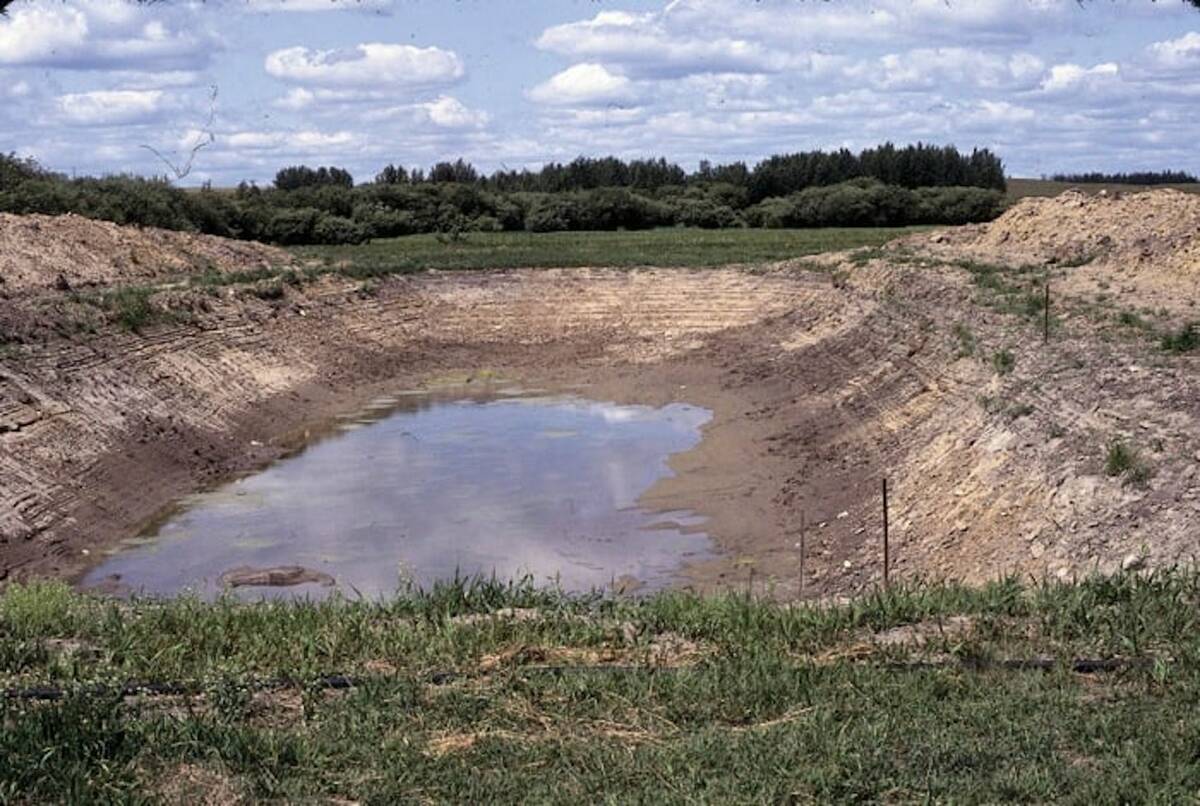LETHBRIDGE, Alta. – Noxious weeds are expensive and hard to control, even when their very presence is against the law.
“You don’t kill weeds by talking to them or about them,” said Barb Mullin, of Montana’s department of agriculture. She spoke at the recent North American Weed Management Association meeting in Lethbridge.
Weed control varies in the United States because each state and county has its own weed management plan.
In 1995, 36 states had weed laws and 17 states had weed co-ordinators or specialists. Funding varies among the states. There is a movement to consolidate the federal laws that apply to weed control.
Read Also

Dry summer conditions can lead to poor water quality for livestock
Drought conditions in the Prairies has led to an decrease in water quality, and producers are being advised to closely monitor water quality for their animals.
The Federal Noxious Weed Act includes a list of measures and penalties to halt interstate movement of weeds on federal lands. The act also instructs agencies to keep foreign species out of the country and to control species already there.
Montana has eight major acts dealing with weeds.
It also has a one percent surcharge on pesticide sales dedicated to noxious weed control. A trust fund provides money for counties to implement control programs like grazing or chemical spraying.
Montana co-operates with Alberta Agriculture and Agriculture Canada on weed control because it’s more efficient and cheaper.
The high plains are home to many of the same troublesome plants found in the four western provinces, said Allan Pomeroy of Wyoming.
Salt seeder causes severe water reduction. In riparian areas it is over-taking willows and cottonwoods. It sheds leaves that contain high levels of sodium. Biocontrol measures are under investigation.
Venice mallow is moving over grazed pastures, but can be controlled with herbicides.
Spotted knapweed is also found here. It is the most feared weed in Wyoming and has replaced leafy spurge as the primary problem weed.
In Nebraska, the six-foot-tall musk thistle has covered three million acres.
Leafy spurge is found over two thirds of Nebraska, but three million insects were released this year to start munching on the plants.

















